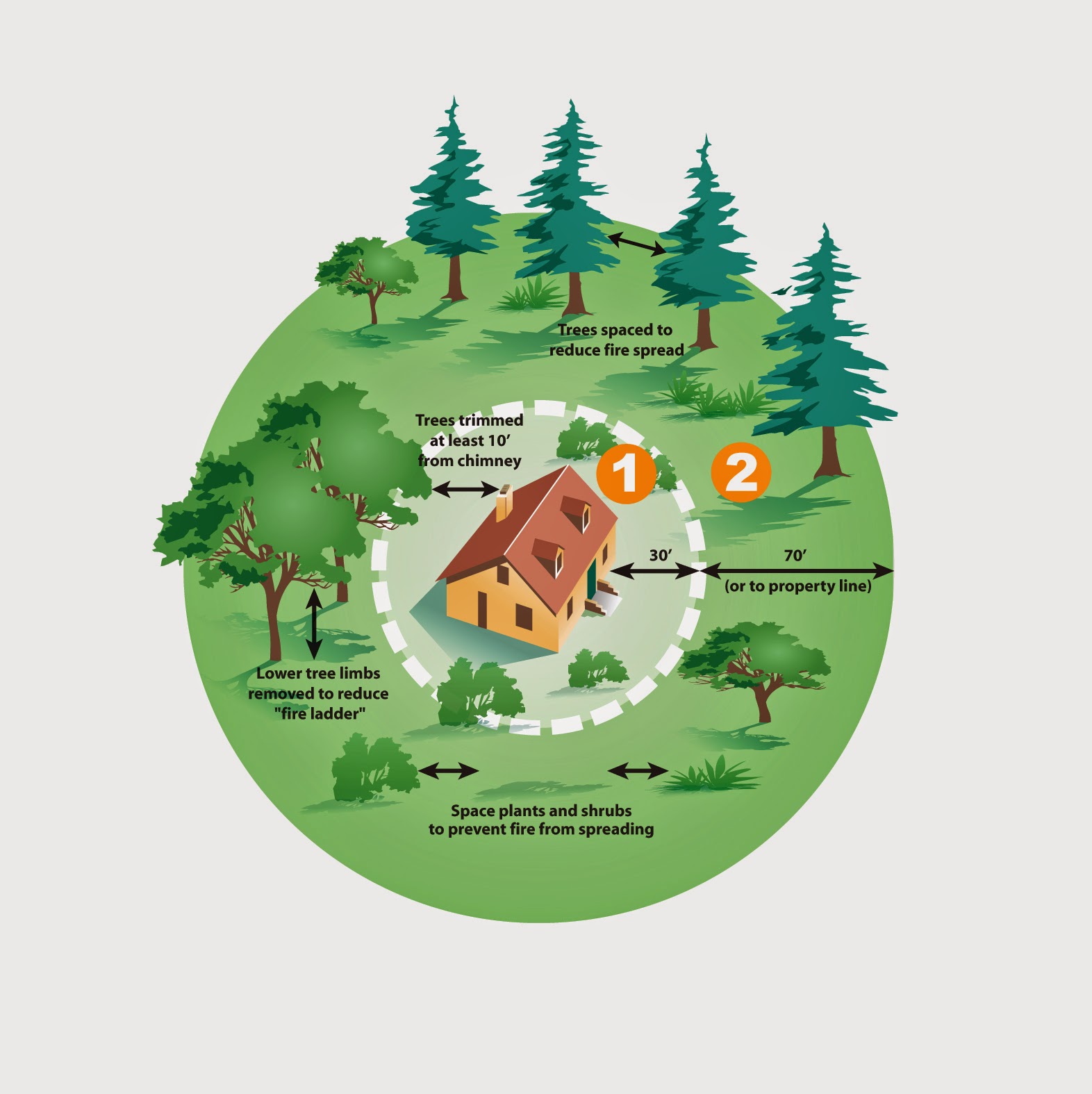 |
| Leaf cutter bee injury |
Have you noticed curious semicircular cut outs in the leaves of some of your plants? This might mean that the busy Leaf Cutter bees are at work.
Recently I noticed these cut out shapes on the leaves of some of my Alpine Strawberry plants. In researching more about them, I found that these bees are a beneficial insect, even though they may be doing some damage to your plants.
Leafcutter bees (Megachile spp.) are considered one of the important native insects here in the Western United States. They are solitary bees, meaning that they don’t live in a hives as do the social honeybees, but they are still very valued as a pollinator.
When they make the cut and remove the leaf from your plant, it is not for a food source but used to build their nest cells. When they form their cell home, they then line each leaf cell with a mixture of nectar and pollen. The female bee lays an egg into the cell and seals it shut, which produces a secure environment for the eggs to develop. Leafcutter bees make their nests in soft rotted wood but they don’t cause damage to homes or other wooden structures.
While these cutouts in your leaves may be of concern to you, the damage they do is usually limited unless there is a large concentration of the bees in one area. It is interesting to know that in addition to honeybees, other bees are valued for their pollination including the leafcutter bee. One species of this bee, the Magachile rotundata, has been used for agricultural use here in Colorado for alfalfa pollination and studies found the leafcutter bees perform this pollination more efficiently than honeybees.
 |
| Photo CSU Extension |
If you find that the amount of leaf cutting is not what you are comfortable with or you feel it is causing damage to your plants, it is suggested that rather than use a pesticide which will likely be ineffective, that covering you affected plants with a loose cloth such as cheesecloth or netting during the periods when these bees are most active is a better solution. Finding sources where they might nest and removing that from your landscape is also another option.
For more information on these interesting solitary pollinators, refer to this information from CSU Extension:




